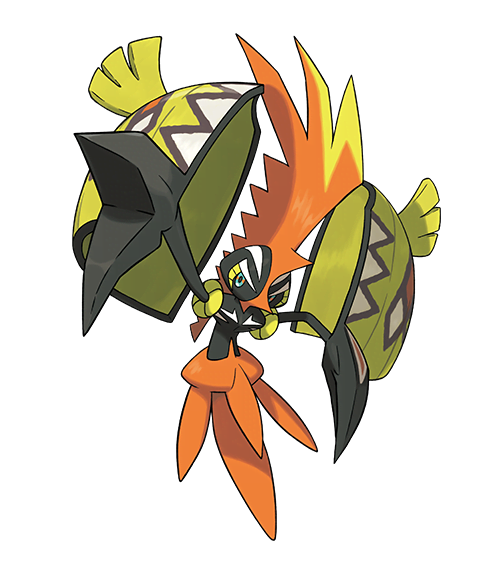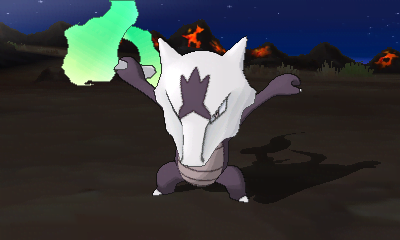Aloha, Alola! PokéCommunity Daily’s Pokémon Sun and Moon Review
For both new and experienced players, Pokémon Sun and Moon introduce many significant, most welcome changes to the gameplay and the formula. Check out Daily’s extensive review on what’s new.
New Pokémon
What’s a new Pokémon game entry without new Pokémon? We’ve covered and extensively analysed on the starter Pokémon and their evolutions before, as well as the games’ titular legendary Pokémon, so let’s take a look at the new kinds of Pokémon we’ll see in Sun and Moon.
Guardian Deities

The Alola region consists of four islands, and each is guarded by a powerful guardian deity. Melemele Island’s guardian, Tapu Koko, reveals itself to you early in the game, and as we’ve seen in recent trailers, it, along with the other island guardians, are capable of pulling off a special Z-Move, part of the new battle mechanics in the game. These island guardians also come with unique Abilities that activate a Terrain effect once battles start, allowing for additional ways to build your team around new strategies. They also tie in neatly with the lore of the games and add to the world-building.
Tapu Koko reveals itself surprisingly early in the game compared to other Pokémon titles. Even in entries which focused heavily on Legendary Pokémon such as Pokémon Omega Ruby and Alpha Sapphire or Pokémon Black and White, at best they only show up in the mid-game.
Tapu Koko and others however aren’t afraid to appear several times throughout, and integrate far better into the story in Sun and Moon. They’re likely to prove popular with players, and with good reason.
Ultra Beasts
Most of the new regular Pokémon have comparatively simple designs compared to other later generations, many fitting in with the Hawaii motif and taking examples from Hawaii. The amount of research Game Freak have put in behind some of the designs is frankly quite impressive. There’s always exceptions, but the designs are fairly clean and refrain from over-complication. It’s fair to say, however, that the simple designs are abandoned with the Ultra Beasts.
This isn’t a bad thing by any means. Rather, it fills the ‘weirdness quota’ and convincingly sets the native Pokémon apart from the Ultra Beasts and their other-worldly appearances. They may not appeal to all players in design, but they certainly fit the concept set up for them. Rest assured they also figure in the plot quite well. Their inclusion is another welcome change to the tried and tested formula Pokémon has given us over the years, challenging what we players think a Pokémon is and furthermore pulling it off.
Regional variants

Along with the many new Pokémon added to the game, we now also have new kinds of Pokémon that have taken up a different appearance in the Alola region. These are referred to as “regional variants” — Pokémon species that have adapted to the habitat and conditions of the region. We’ve seen different variants before — “Formes” — for Pokémon such as Deoxys and Giratina. The Alolan forms of Pokémon bring variance to a whole lot more Pokémon.
Alolan forms are much like Mega Evolution — they give a new appearance to Pokémon we’ve seen in previous generations. What makes them better is that these are permanent forms for the Pokémon — lending to the idea that the Pokémon have needed to adapt. These variants aren’t just a pretty face like Gastrodon, either — they have significant changes, as they can learn different moves and have a different type. An Alola-born Cubone might not look different as a Ground-type, but upon evolution, it assumes its Alolan traits and loses the Ground typing entirely, becoming a Fire- and Ghost-type. Alolan Sandshrew, living in the cold conditions of Alola, has been forced to adopt an Ice and Steel typing. These typings make battling even more interesting, as it give you more reason to consider these Pokémon’s competitive viability.
You may have noticed that the Alolan variants we’ve seen so far are Kanto Pokémon. Does this perhaps suggest that people of Kanto particularly enjoy coming to Alola? It would be nice to see the concepts behind Alolan forms applied to Pokémon in other generations.
There are, of course, many new Pokémon, so keep your eyes peeled for more information over the release week as we write more about them.
